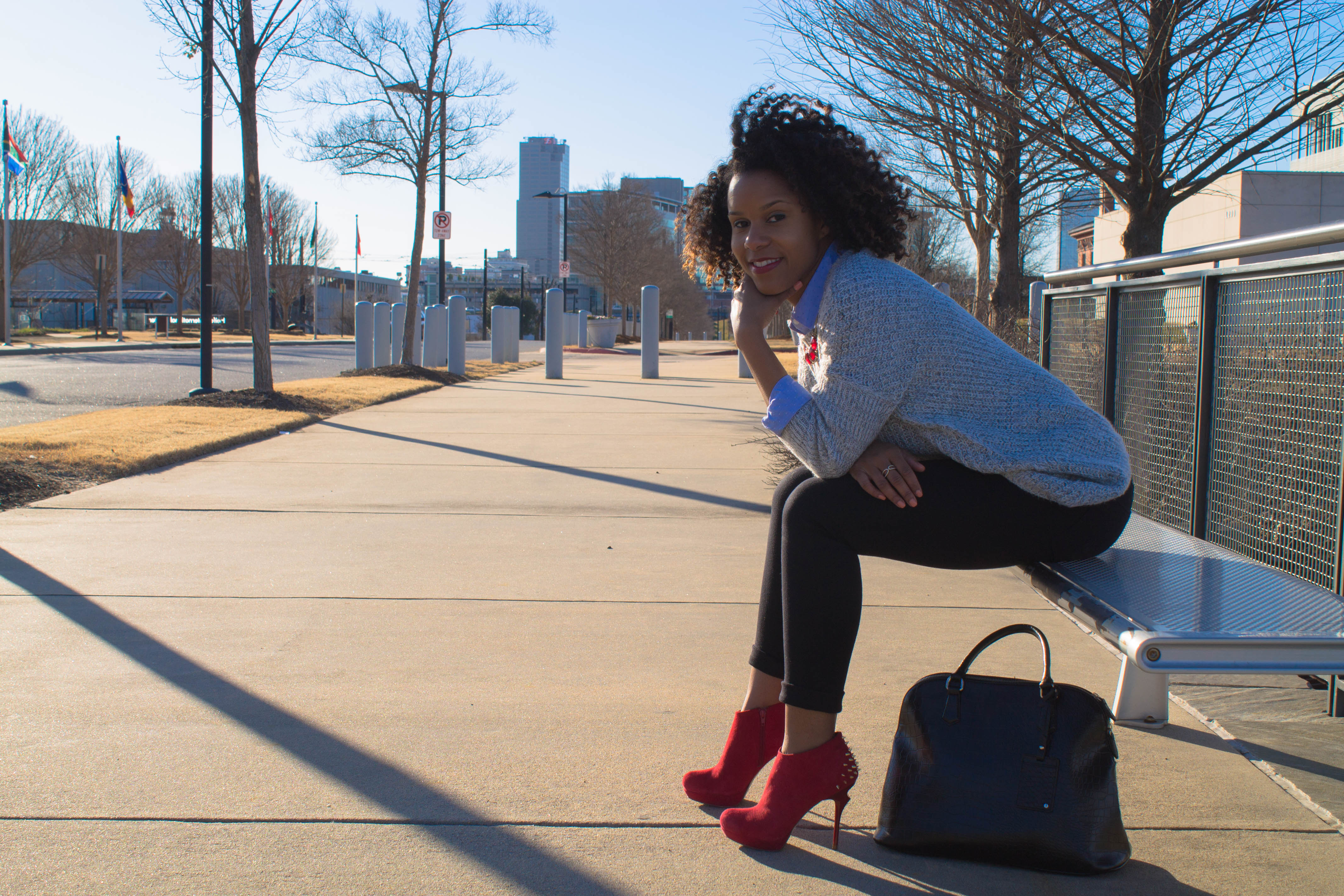
It is a known fact that your hair type is ultimately determined by genetics. There are roughly about 8-10 specific hair types identified. Despite the multiple hair types, there are bonds in place that support the hair structure and its durability. Disulfide bonds are the strongest bonds found within the hair shaft. They are formed by a single bond between the sulfur atoms of two cysteine amino acids within a polypeptide chain.
From an Anatomy point of view, it is the follicle shape and position of the hair bulb that determines your hair type.

People with curly to kinky hair have oval to elliptical shaped follicles and the hair bulb is positioned at an angle beneath the scalp causing the linear polypeptide chain to bend. During protein formation, the sulfur groups attached to cysteine amino acids are brought close together allowing disulfide bonds to form. The curlier the hair, the greater the number of disulfide bonds.
On the flip side, people with straight hair have round shaped follicles and the hair bulb is positioned vertically, the polypeptide chain remains linear causing sulfur groups to be further apart from each other thus reducing the number of disulfide bond formation.

To straighten curly or kinky hair (and vice versa), the disulfide bonds must be broken in order to alter the hair shape. Because disulfide bonds are strong and cannot be broken by water and heat, like Hydrogen bonds, a chemical reaction (i.e. relaxers) must occur to break them. I will spare you the details of the chemical reaction process of how to get naturally curly hair straight, but if you’ve ever gotten a relaxer you know that there is no reversal process because it is permanent.
This concludes the Knowing Your Hair 101 Series, I hope I didn’t bore you all too much, LOL!!!
Thank you for stopping by!!!!
XOXO
Tamara






